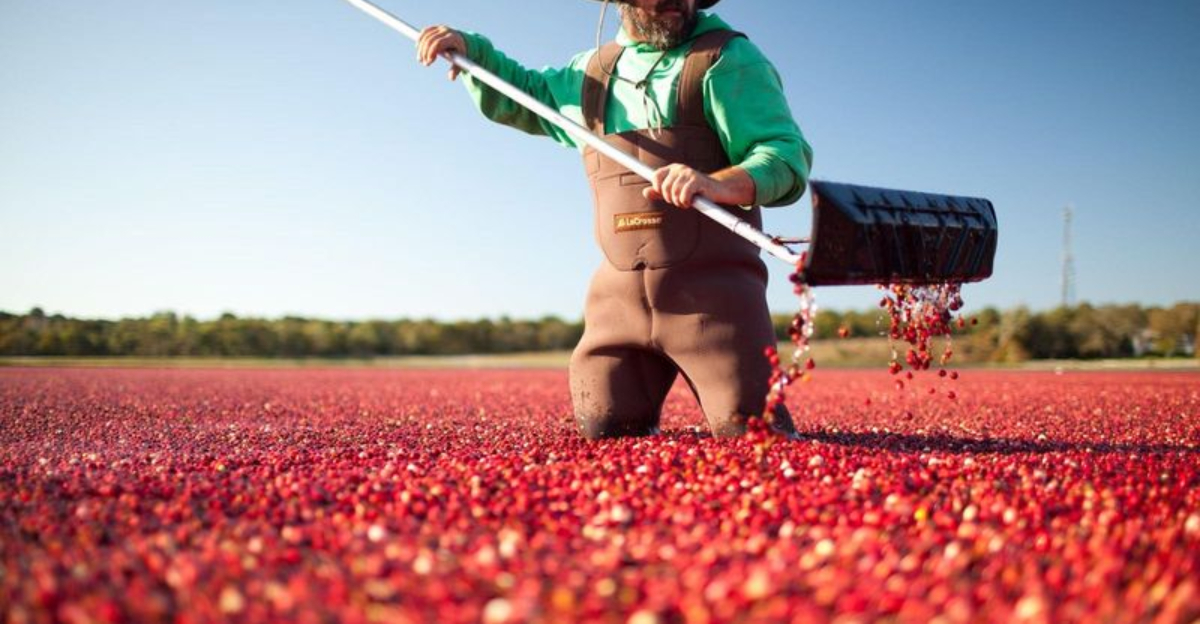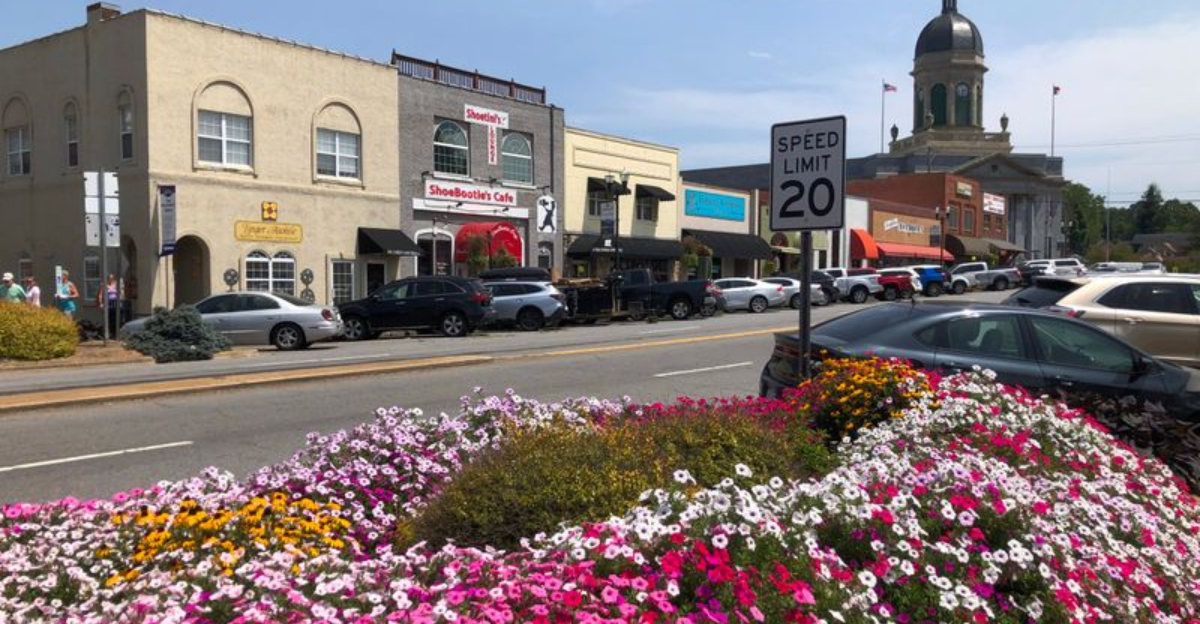Mostar, Bosnia And Herzegovina Holds The Light Of The Old World In Its Waters
Mostar shimmers with the kind of beauty that feels timeless, caught between stone and sky.
The emerald waters of the Neretva River mirror centuries of history, carrying reflections of the Old Bridge and the stories it has witnessed – triumph, resilience, and renewal.
Cobblestone streets wind past artisan shops and cafés where time seems to pause, letting conversation spill as easily as the coffee.
The Birth Of A Riverside Settlement
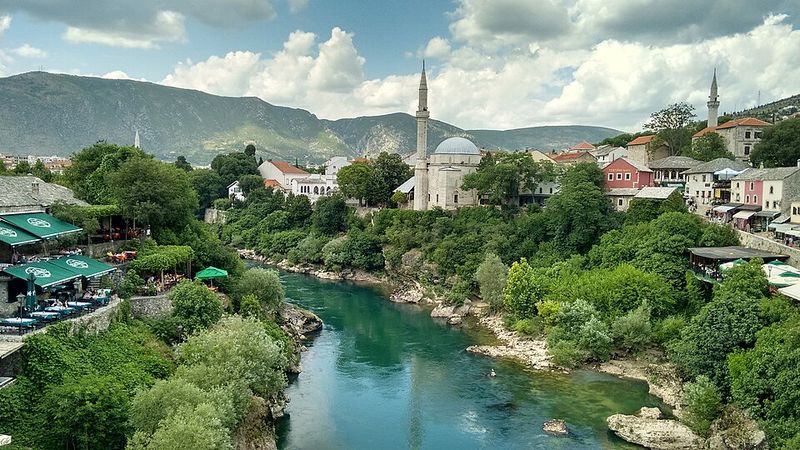
Long before tourists snapped photos, Mostar began as a humble crossing point along the emerald Neretva River during medieval times.
Local lords recognized the strategic importance of this narrow valley connecting the Adriatic coast to the interior.
By the 15th century, the Ottoman Empire swept through and transformed this simple river crossing into a bustling trade hub.
The name “Mostar” comes from “mostari,” meaning bridge keepers who once collected tolls from merchants.
Stari Most: The Icon That Defied Destruction
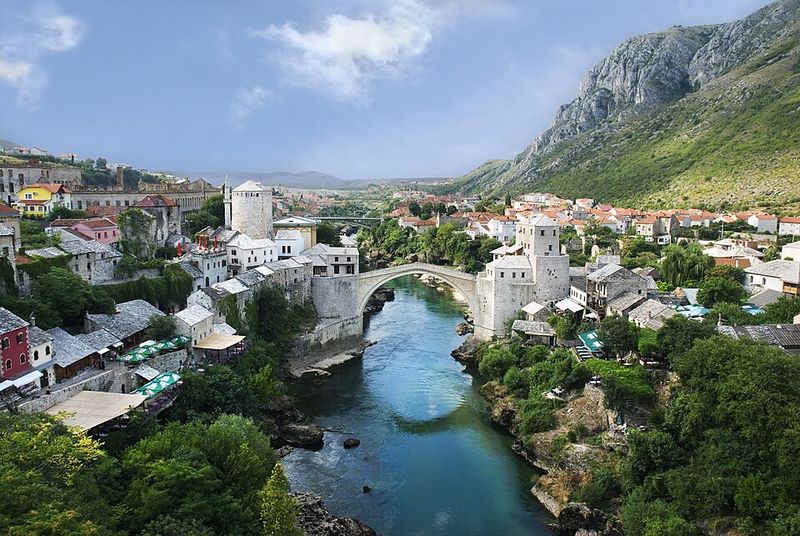
Ramirez, licensed under CC BY-SA 4.0. Via Wikimedia Commons.
Picture a graceful stone arch leaping across rushing water, connecting two worlds for over 400 years.
Stari Most, the Old Bridge, was built in 1566 by Ottoman architect Mimar Hayruddin and stood as an engineering marvel.
Tragically, war destroyed this masterpiece in 1993, breaking hearts worldwide. But communities refused to let history disappear.
Rebuilt stone by stone using original techniques, the bridge reopened in 2004 as a UNESCO World Heritage site.
Bridge Divers: A Tradition Of Courage
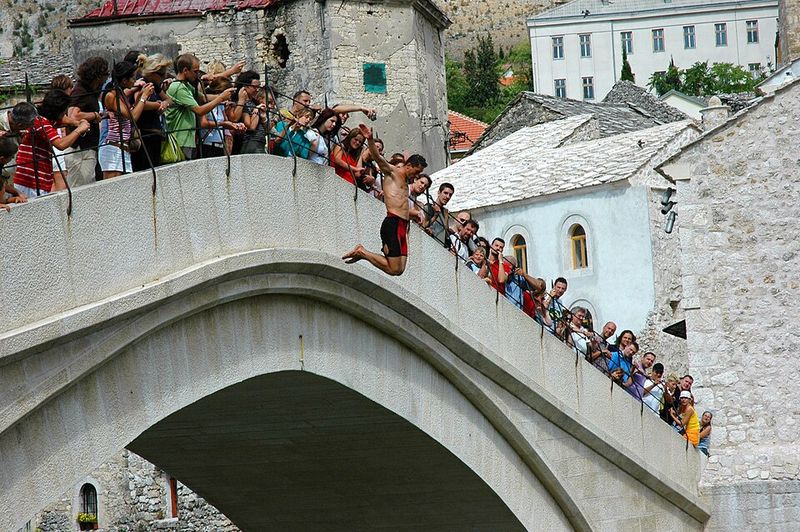
Ever since the bridge was first built, brave young men have been launching themselves from its 24-meter height into the cold river below.
This isn’t just showing off – it’s a centuries-old tradition passed down through generations.
Every summer, locals and trained divers gather crowds who gasp and cheer as they plunge into the emerald waters.
The annual diving competition in July attracts competitors from around the world who test their nerves against Mostar’s legendary leap.
Ottoman Architecture And The Old Bazaar
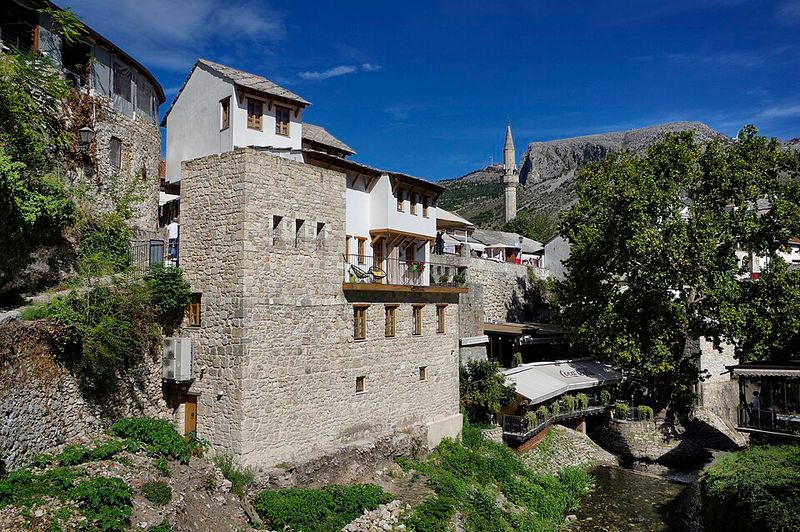
Wandering through Mostar’s Old Town feels like stepping into a time machine set for the 16th century.
Narrow cobblestone alleys wind past stone houses with wooden balconies, copper workshops, and cafes serving thick Turkish coffee.
The Kujundziluk bazaar comes alive with artisans hammering intricate designs into metal, while the aroma of cevapi and burek drifts from family-run eateries.
This architectural treasure showcases how Ottoman culture left an indelible mark on Bosnian identity.
A Blend Of Faiths And Cultures
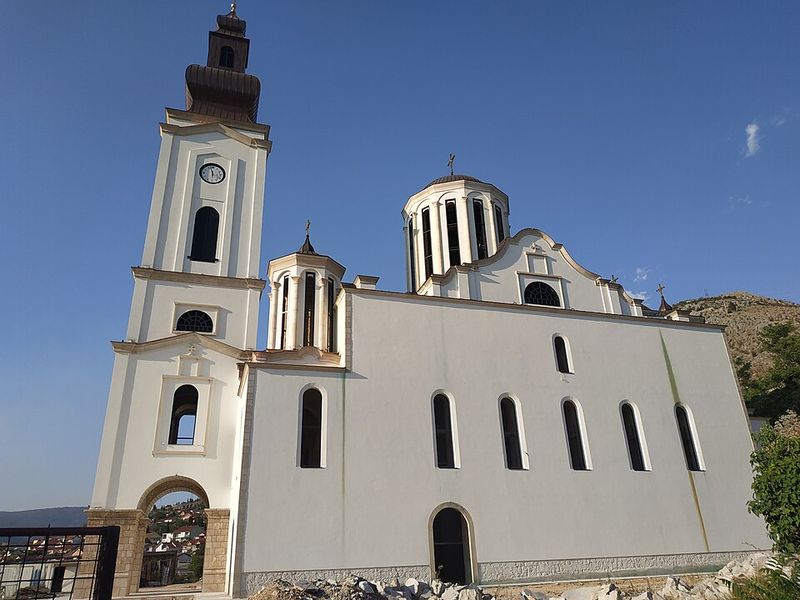
What makes Mostar truly special is how different religions have shared the same streets for generations.
Mosque minarets rise near Catholic bell towers, while Orthodox churches add their own architectural voice to the skyline.
Before the war, mixed marriages were common and neighbors celebrated each other’s holidays.
Though tensions damaged this harmony, many residents work daily to restore Mostar’s tradition of coexistence.
Walking these streets reminds visitors that diversity can be a strength, not a weakness.
Modern Mostar: Tourism And Hope

Today, Mostar welcomes over a million visitors annually who come to witness its remarkable comeback story.
Riverside cafes buzz with travelers sipping coffee while watching daredevil divers, and hotels fill restored Ottoman-era buildings.
Young Bosnians are building businesses, creating art, and reimagining their town’s future without forgetting its complex past.
Tourism brings economic hope, yet locals work to preserve authentic culture beyond postcard-perfect snapshots.
Mostar stands as living proof that beauty can rise from ashes.


